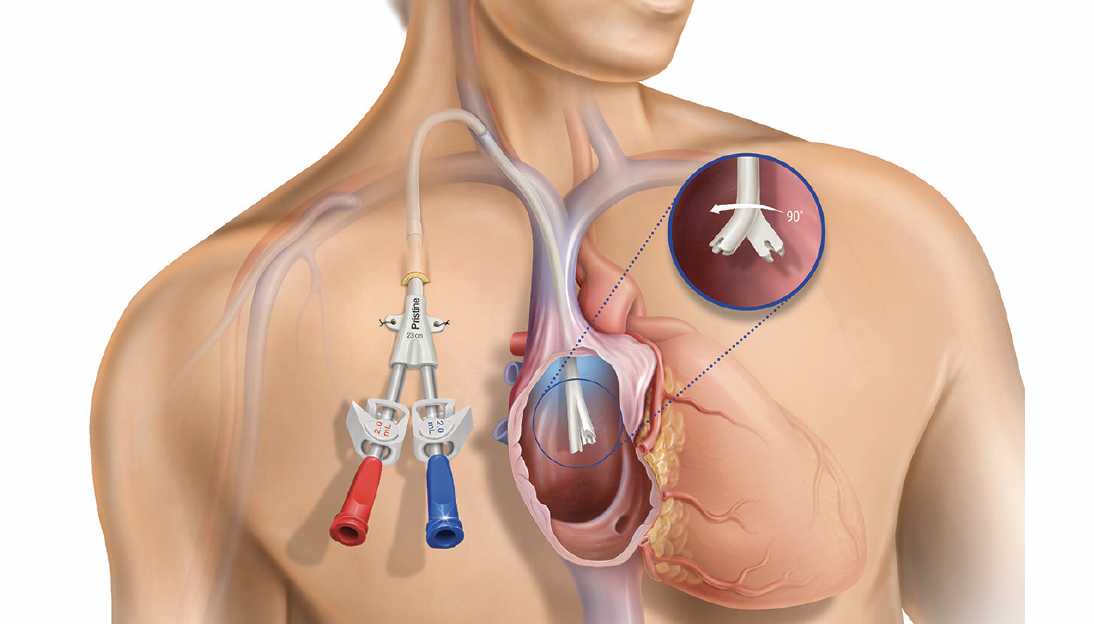Temporary catheter (DLC)

In Dr. Anil Patel’s kidney clinic, temporary catheters, also known as dialysis catheters or central venous catheters (CVC), may be utilized for various purposes related to renal replacement therapy, vascular access, or diagnostic procedures. Here’s how temporary catheters might be managed in his clinic:
Indication and Placement: Temporary catheters are typically placed for short-term use in patients who require urgent or temporary vascular access for hemodialysis, plasmapheresis, or other medical procedures. Dr. Patel assesses the patient’s clinical condition and vascular access needs to determine the appropriate type and location of catheter placement.
Insertion Procedure: Temporary catheters are inserted by trained healthcare providers, such as nephrologists, interventional radiologists, or vascular surgeons, under sterile conditions using ultrasound or fluoroscopic guidance. Dr. Patel ensures proper catheter placement and verifies adequate blood flow before initiating dialysis or other therapies.
Catheter Care and Maintenance: Dr. Patel and his team provide education to patients and caregivers on proper catheter care and maintenance to reduce the risk of complications, such as infection, thrombosis, or catheter dysfunction. This includes regular site inspection, dressing changes, and adherence to aseptic techniques during catheter manipulation.
Vascular Access Monitoring: Dr. Patel monitors the patency and function of temporary catheters regularly, assessing blood flow rates, monitoring for signs of infection or thrombosis, and troubleshooting any issues that may arise during catheter use. Prompt recognition and management of complications are essential to ensure optimal catheter performance and patient safety.
Catheter Removal and Replacement: Temporary catheters are removed once they are no longer needed or if complications arise, such as infection or malfunction. Dr. Patel oversees the removal procedure and may arrange for placement of a new catheter if ongoing vascular access is required.
Patient Education and Counseling: Dr. Patel educates patients and their families about the purpose of the temporary catheter, potential risks and benefits, and proper care techniques. Clear communication and patient education help empower patients to actively participate in catheter management and reduce the risk of complications.
Multidisciplinary Collaboration: Temporary catheter management involves collaboration among various healthcare professionals, including nephrologists, dialysis nurses, interventional radiologists, infectious disease specialists, and wound care specialists. Dr. Patel coordinates care with these team members to ensure comprehensive management and optimal outcomes for patients with temporary catheters.
Overall, temporary catheters play a crucial role in providing temporary vascular access for renal replacement therapy and other medical interventions in Dr. Anil Patel’s kidney clinic. With careful placement, diligent monitoring, and patient education, Dr. Patel aims to minimize complications and ensure safe and effective use of temporary catheters in his patients.
